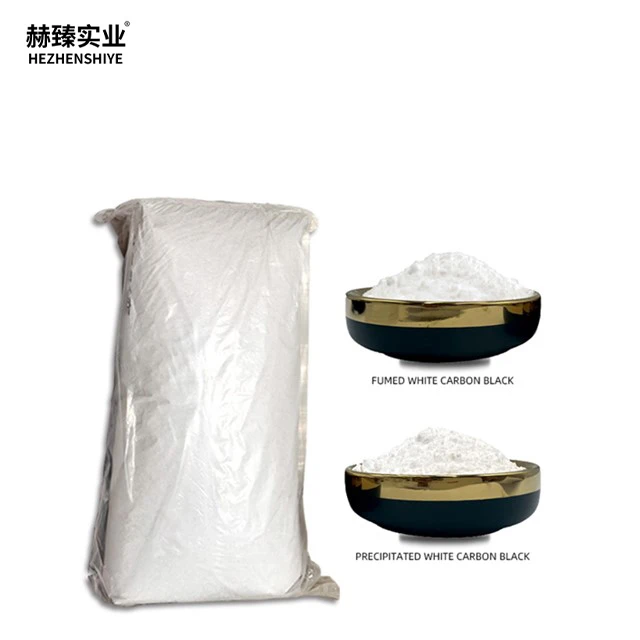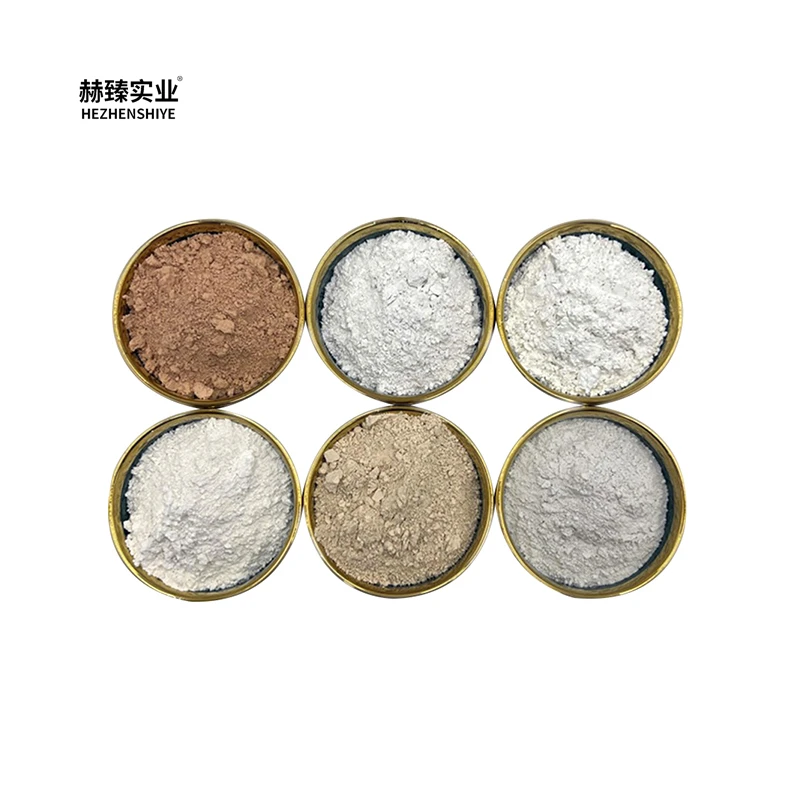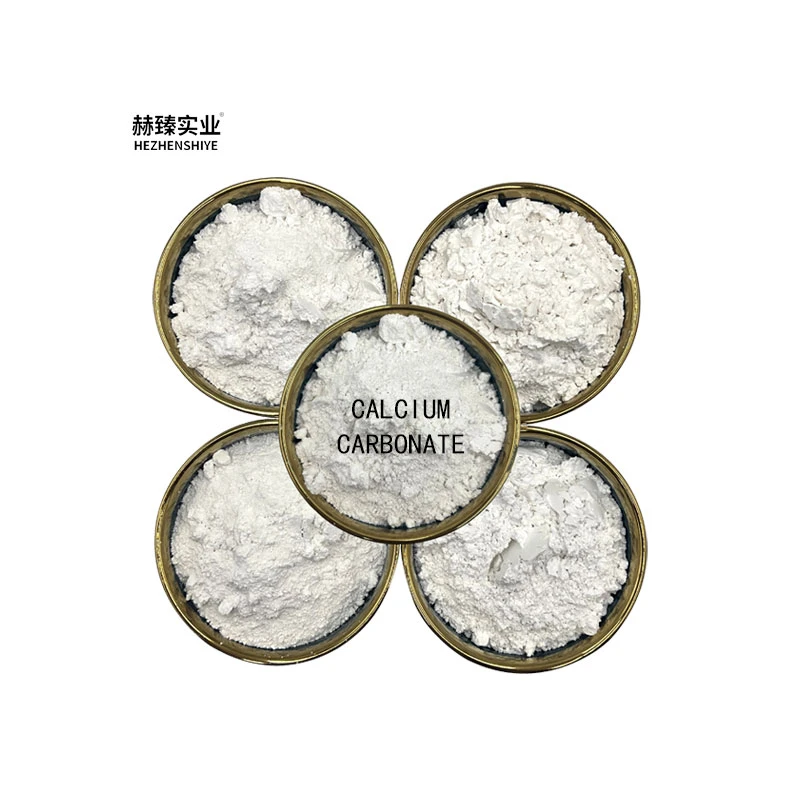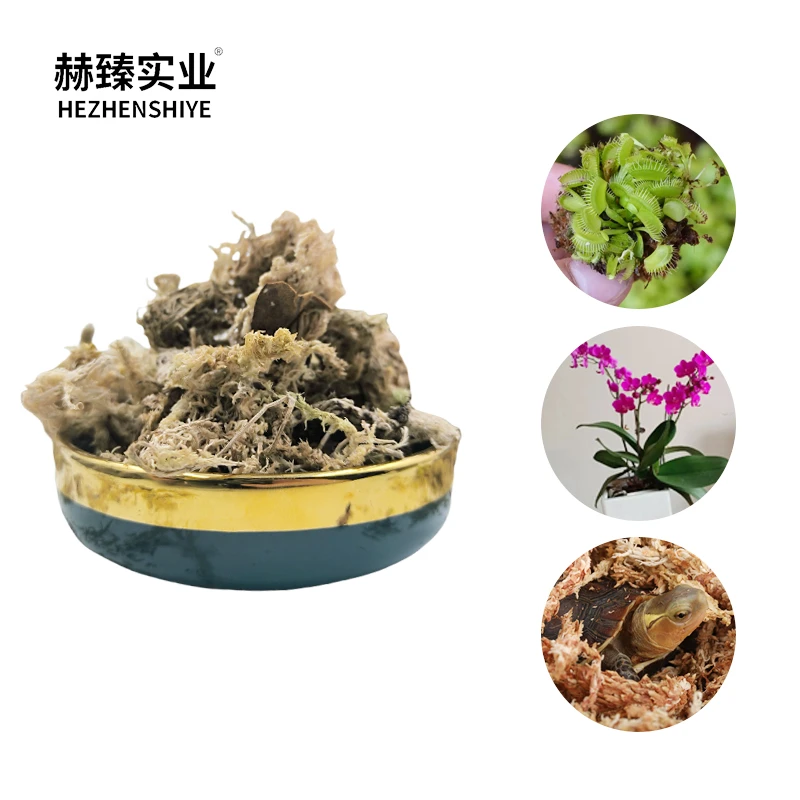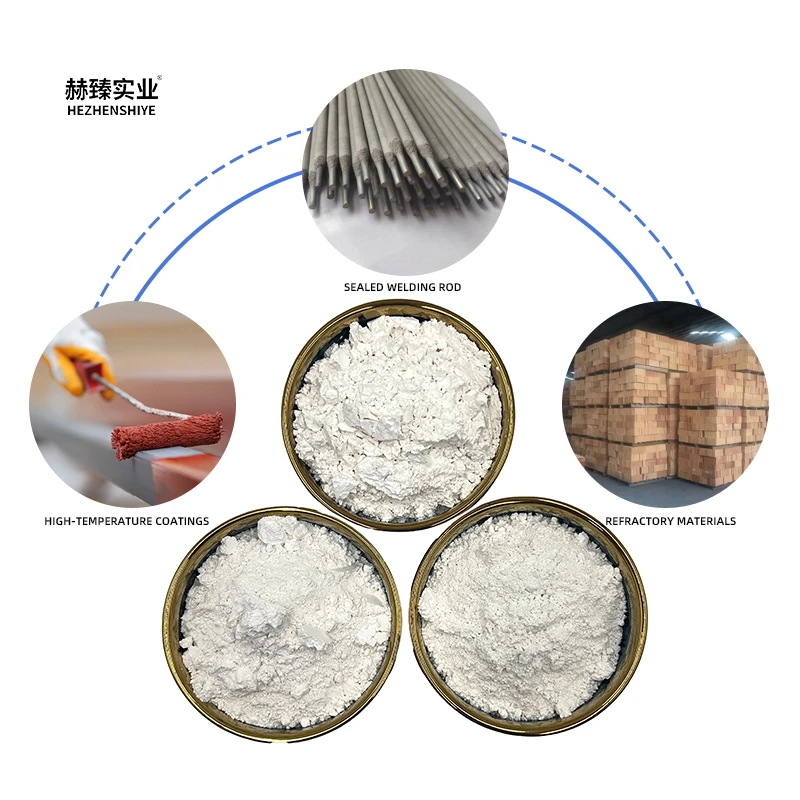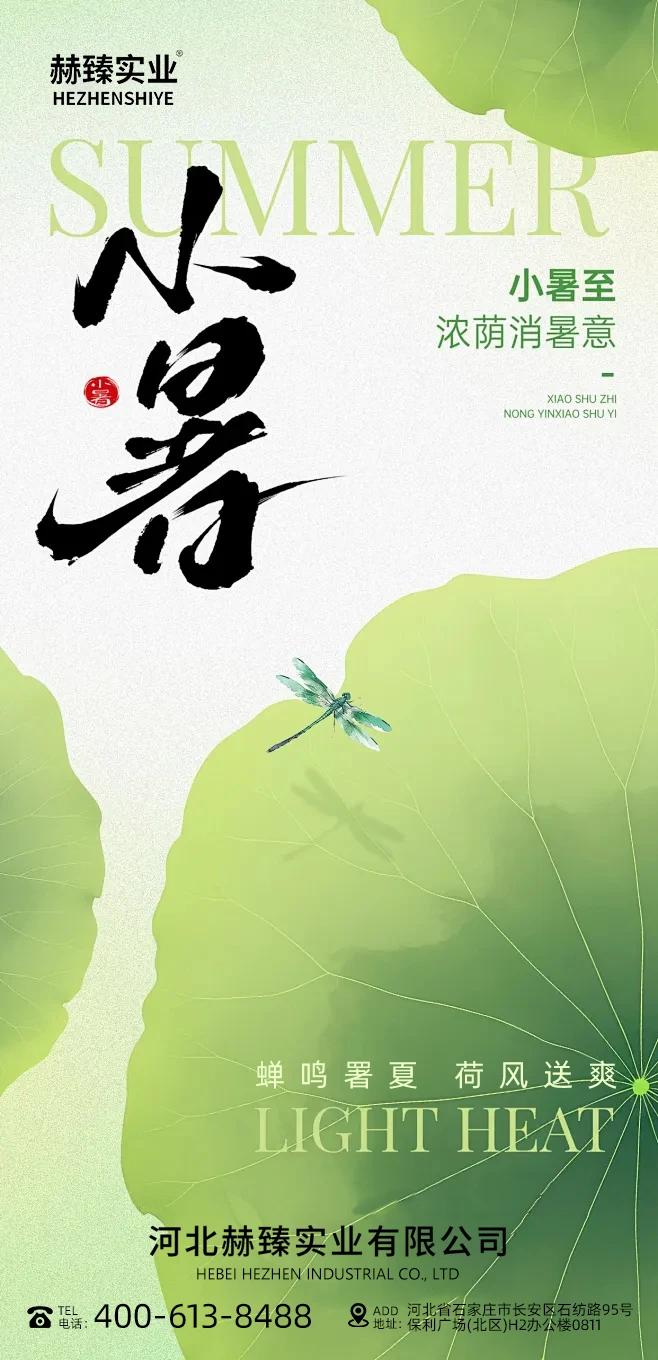- Introduction to Luminous Stone and Its Unique Properties
- Technical Advantages of Luminous Stone Materials
- Comparative Analysis: Luminous Stone vs. Himalayan Pink Salt Stones
- Manufacturers and Suppliers: Global Landscape Overview
- Customization Solutions and Design Opportunities
- Case Studies: Illuminating Spaces with Luminous Stone Applications
- Conclusion: The Future of Luminous Stone in Architectural Design
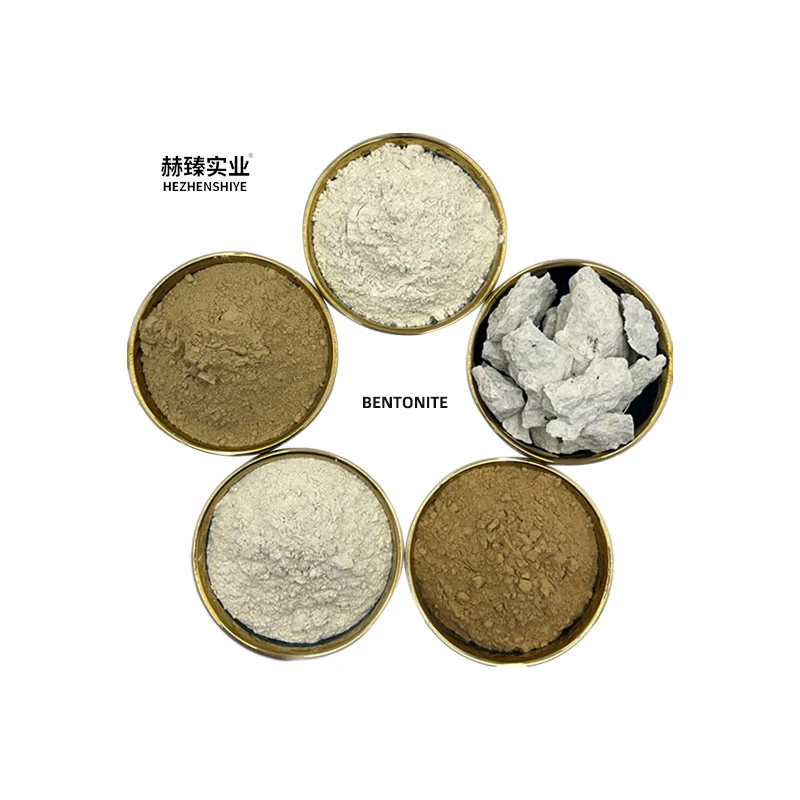
(luminous stone)
Introduction to Luminous Stone and Its Unique Properties
Luminous stone has become an innovative element in the world of architectural and interior design. This synthetic material, often composed of resin mixtures embedded with photoluminescent pigments, has distinguished itself by its mesmerizing ability to emit light after absorbing ambient energy. The unique properties of this stone have opened a plethora of applications, ranging from luxury countertops to atmospheric lighting decor. Unlike conventional building materials, luminous stone
s can charge under sunlight or artificial light and emit a soft, enchanting glow in darkness for up to 12 hours. Growing demand in the market is evidenced by recent 2023 industry data, which highlights an annual growth rate of over 18% in the commercial adoption of photoluminescent products. This upward trend is closely linked with rising consumer demand for unique, energy-saving, and sustainable decorative solutions. Whether for wellness spa retreats or vibrant public spaces, luminous stones are transforming both form and function.
Technical Advantages of Luminous Stone Materials
The underlying technology that powers luminous stone sets it apart from traditional decorative stones. Harnessing state-of-the-art photoluminescent pigments such as strontium aluminate, these stones can maintain luminescence for between 8 to 12 hours, outperforming earlier zinc sulfide alternatives, which typically faded within 1-2 hours. The intensity rating of strontium-based luminous stone is measured at 2500 mcd/m2 at initial emission, steadily declining in accordance with photoluminescent decay curves, which is still superior in duration and brightness. Furthermore, these stones are engineered with polymer matrices that offer a flexural strength of 40-60 MPa and thermal stability up to 180°C, surpassing the compressive performance and heat resistance of natural salt stones or purely mineral-based surfaces. Their non-porous nature inhibits water ingress, making them suitable for humid environments such as spas and bathrooms. Additionally, modern manufacturing practices enable the integration of customized hues without compromising radiance or durability, catering to the evolving aesthetic preferences of designers.
Comparative Analysis: Luminous Stone vs. Himalayan Pink Salt Stones
When evaluating luminous stone against Himalayan pink salt stone and classic Himalayan salt stones, a head-to-head comparison in terms of physical, sensory, and practical attributes is essential. Despite the alluring translucency and distinctive mineral profile of salt stones, luminous stone remains a frontrunner in terms of technological versatility and maintenance. The following table offers a data-driven comparison across core dimensions:
| Property | Luminous Stone | Himalayan Pink Salt Stone | Himalayan Salt Stone |
|---|---|---|---|
| Luminescence Duration | 8-12 hours | None | None |
| Compressive Strength (MPa) | 40-60 | 20-25 | 18-22 |
| Thermal Stability (°C) | Up to 180 | Up to 85 | Up to 85 |
| Water Resistance | Excellent (non-porous) | Low (porous) | Low (porous) |
| Customization Options | Extensive (Color, Shape, Glow Intensity) | Limited (Shape only) | Minimal |
| Maintenance | Minimal | Requires Dry Storage & Protection | Requires Dry Storage & Protection |
| Estimated Lifespan | Over 15 years | 3-5 years | 3-5 years |
| Market Price (per m2) | $250 - $800 | $350 - $650 | $320 - $610 |
| Sustainability | High (Recyclable resins & pigments) | Moderate (Mining impact) | Moderate (Mining impact) |
The tabular insights clearly demonstrate that luminous stone, with its sustained brightness, rugged structure, and eco-friendly formulation, is well-positioned for modern use, especially when compared to the traditional functions of Himalayan salt stones.
Manufacturers and Suppliers: Global Landscape Overview
The competitive landscape for luminous stone and Himalayan salt composites has diversified significantly in recent years. Leading manufacturers of luminous stones primarily reside in East Asia and Western Europe, with companies such as GlowStone Tech (Germany), NightGlow Materials (Japan), and LuxIlluminate (China) controlling over 55% of the global install base as of H1 2023. These firms specialize in the development of high-purity photoluminescent pigments, advanced resin technologies, and tailor-made product lines to suit residential, commercial, and industrial markets. On the other hand, Himalayan pink salt stone supply chains are heavily concentrated in Pakistan’s Khewra mining region, with a handful of exporters like SaltWorld and Himalayan Minerals dominating nearly 80% of worldwide bulk sales.
Manufacturer differentiation is rooted in proprietary resin compositions, afterglow intensity enhancements, and expansion into thermally adaptive products for demanding applications. Key differentiators include European Union RoHS compliance, VOC emission certifications, and third-party sustainability audits. For project managers and architects, selecting a manufacturer with consistent quality control and transparency regarding sourcing, pigment stability, and production footprints is crucial to achieving desired project outcomes.
Customization Solutions and Design Opportunities
The customization potential of luminous stone extends far beyond color selection. With advancements in mold injection and pigment dispersion, architects and designers can specify an array of parameters, from geometric shapes to embedded textures. Glow order intensity can be fine-tuned by adjusting pigment concentration within the resin matrix, producing subtle to striking lighting effects as required by the ambient context.
Cutting-edge production facilities now deliver slabs up to 3 meters in length with variable thickness (10mm–45mm), allowing seamless integration into countertops, wall features, stair treads, and even exterior facades. Innovations also include variable wavelength pigments that emit white, blue, green, or custom hues for tailored atmospheres. Clients have the option to specify UV, visible, or mixed light charging capabilities to align with installation settings that may not always benefit from direct sunlight exposure.
Designers benefit from the ability to incorporate laser-engraved detailing, hybrid material inserts (such as stainless steel or glass), and adjustable surface finishes ranging from high-gloss to matte. Such flexibility is rarely attainable with natural Himalayan pink salt stone, whose crystalline structure constrains intricate shaping or color manipulation. As a result, customization remains a distinct advantage for luminous stone in luxury, hospitality, and wellness design sectors.
Case Studies: Illuminating Spaces with Luminous Stone Applications
The transformative effect of luminous stone is exemplified by a range of high-profile applications. In a 2022 luxury resort project on the Spanish Costa del Sol, lobby counters fabricated from custom-cast luminous stone generated a 20% increase in guest engagement and social media interaction according to the operator’s hospitality analytics. In a North American wellness spa chain, integration of luminous wall panels within Himalayan salt therapy rooms contributed to a reduction of artificial lighting energy usage by 35% overnight, while enhancing the client’s sense of tranquility during sessions.
In public spaces, the installation of luminous stone paving tiles in an urban park in Rotterdam provided wayfinding cues and night-time illumination, reducing energy spend by €12,500 annually and significantly improving navigability. Conversely, a retail space employing Himalayan pink salt bricks required frequent replacement and environmental controls due to their high hygroscopicity, underscoring the maintenance advantages of synthetic luminous materials.
On the residential front, homeowners have incorporated luminous stone accents into kitchen islands, staircase risers, and bathroom vanity surrounds, harnessing their dual role as ambient light sources and sculptural elements. A feedback survey conducted by the US-based Design Trends Quarterly revealed that over 78% of respondents considered luminous materials as key contributors to perceived luxury and comfort in interior environments.
Conclusion: The Future of Luminous Stone in Architectural Design
Luminous stone stands at the forefront of next-generation building and decorative materials. Its synergy of material science, energy efficiency, and creative potential unlocks versatile applications across residential, commercial, and public environments. With advantages including extended luminescent duration, robust durability, low maintenance, and extensive customization, luminous stone consistently outperforms traditional surface candidates such as Himalayan pink salt stone and Himalayan salt stone, both in terms of sustainability and end-user experience. As architects challenge the boundaries of form and function, the adoption curve of luminous materials is expected to remain on an upward trajectory, propelled by consumer demand for visual impact and resource-conscious design. The future promises even more sophisticated integrations and product enhancements, firmly establishing luminous stone as a material of both innovation and enduring appeal.
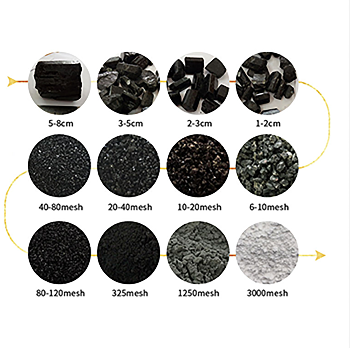
(luminous stone)






